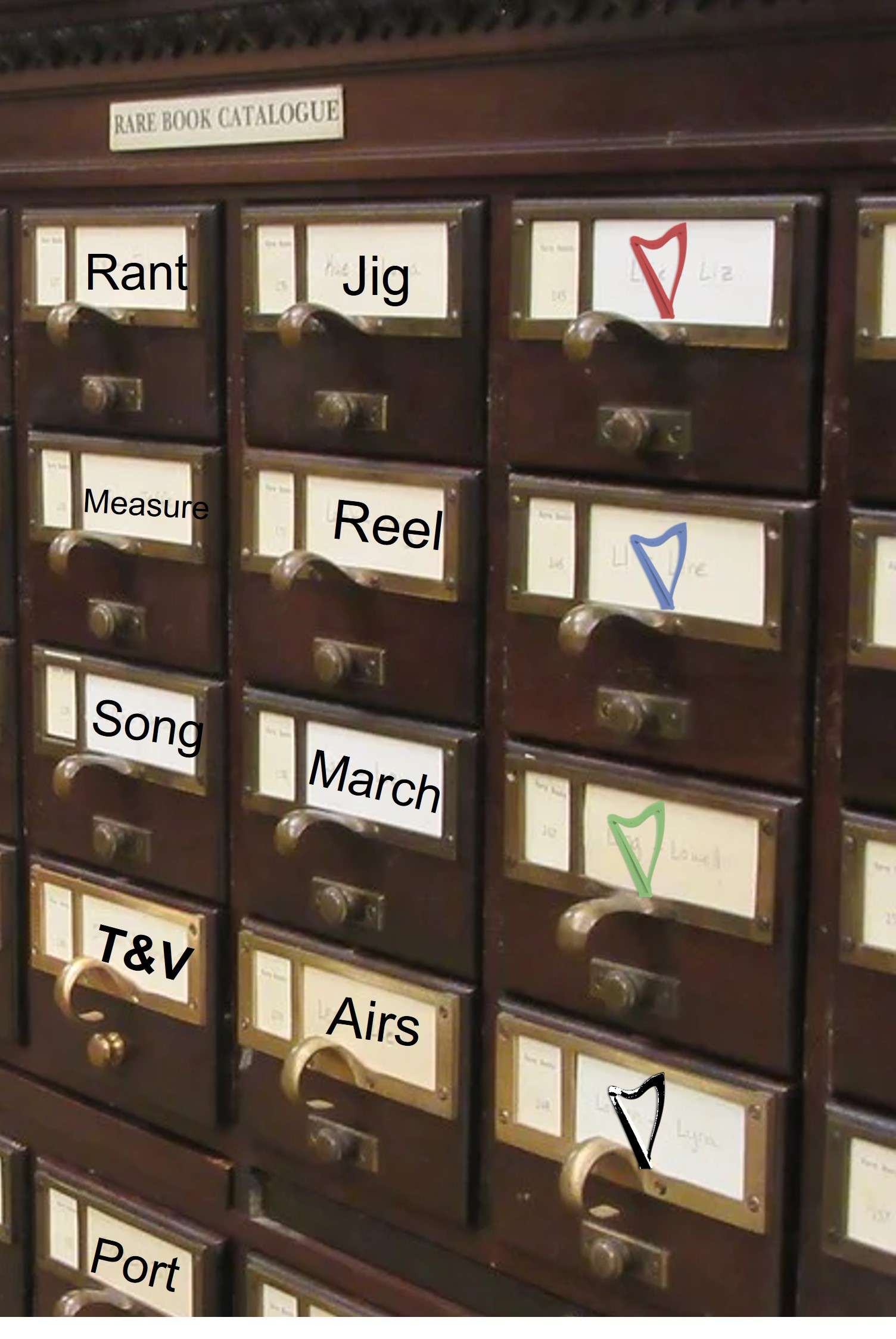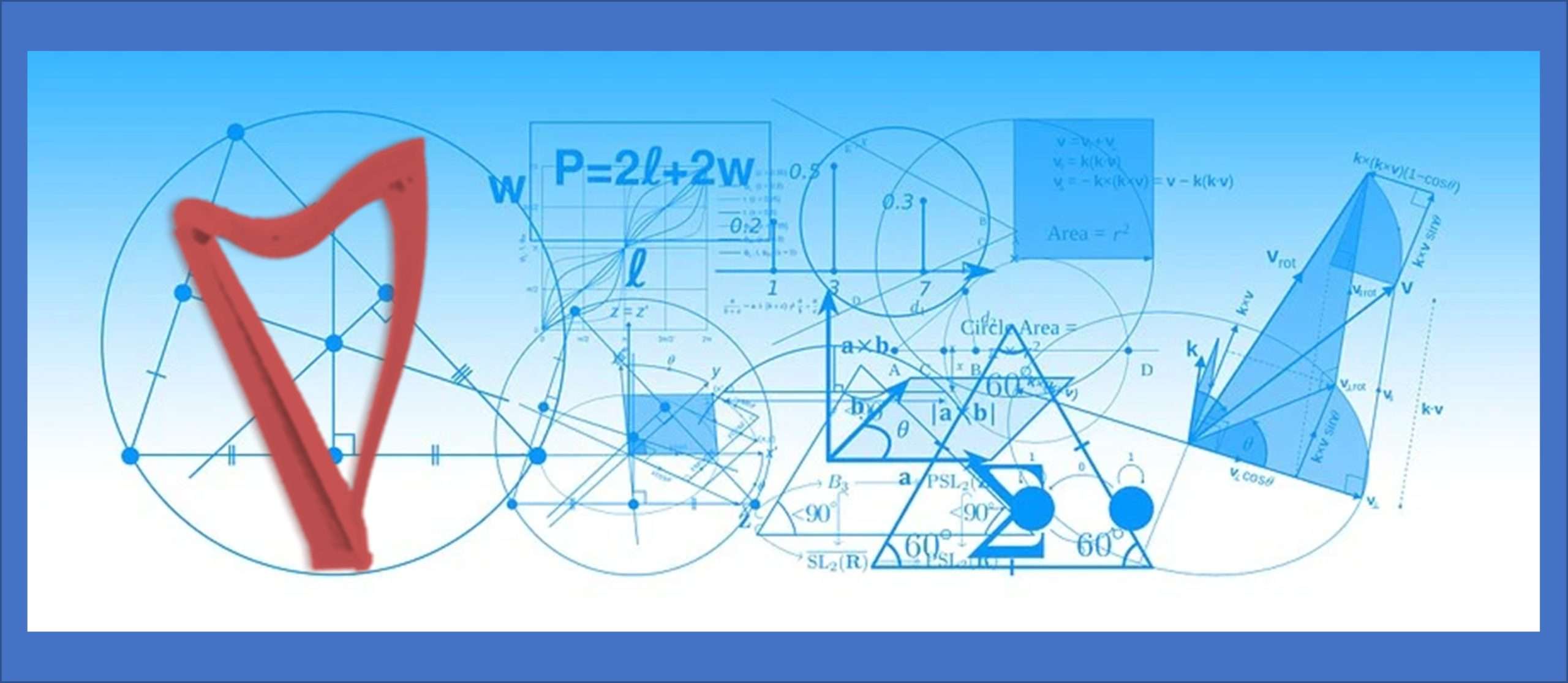It’s not a good time just now. (Another) War has broken out. (Un)Fortunately, we have 24/7 media coverage, so you can be forgiven for being unable to escape the reporting. Its relentless drumbeat is likely to wear on you. And while you might think it’s stupid/pointless/misguided – now is the time to play for peace.
For your own peace.
 There are plenty of stressors available in our worlds and if the lingering crisis of the last two years wasn’t wearing on us enough, this latest one is a doozy.
There are plenty of stressors available in our worlds and if the lingering crisis of the last two years wasn’t wearing on us enough, this latest one is a doozy.
Regardless of your politics, your “side”, or your more general thinking, these events aren’t usually good for most of the people involved. But for those on the outside, looking in, incapable of drawing away from the window, it will also take a toll.
Because we are all “involved” – some just have the luxury of pretending that they’re not going to be touched. At this point though, there is not much we can do about it. It is far away. The diplomats are doing whatever it is they do over coffee in fancy meeting rooms. And it’s been a long time since a “mighty war harp” was needed on a battlefield.
But just like there’s a tiger inside your kitten and a wolf in your puppy, inside your harp might be your best defense while we wait and watch and wonder what will come next.
You have music. It can help shield you from the ugly. You can play the music of sorrow and the music of respite and make ready to play the music of joy…eventually. You can play for yourself – as a balm for your soul. And you can play for others who find themselves also locked in the thrall of the media, needing the succor you can provide.
You might think that you aren’t doing anything – but you’d be wrong.
Every act of beauty will counter an act of ugliness. Each beautiful note you play near an ear will send out sound waves that will bang into and deform the shock waves of a bomb detonating too near the ear of another.
You might consider playing those simple but beautiful tunes. Let them act as a salve for your mind. If you aren’t sure what tune that might be, I’m sending subscribers one of my favorites. It is the simply beautiful Crodh-laoigh nam Bodach (The Old Man’s Young Cows). Play it to pour out all your emotions and once they are in front of you, play to move around in your feelings. No good, no bad, just you, your harp and the defense of the music.
In the end, which tune is not important – play anything you like that allows you to expel your emotions. And once again we have a lovely opportunity to share with others who might not have the facility to play the music but will be comforted if you decide to share.
Times are troubled – again, more. Play your harp to help you get through the time and possibly to help others as well.
What do you think of the tune? What other tunes you would play to feel the same things? Are you letting your harp get you through (another) trying time? Let me know in the comments.



